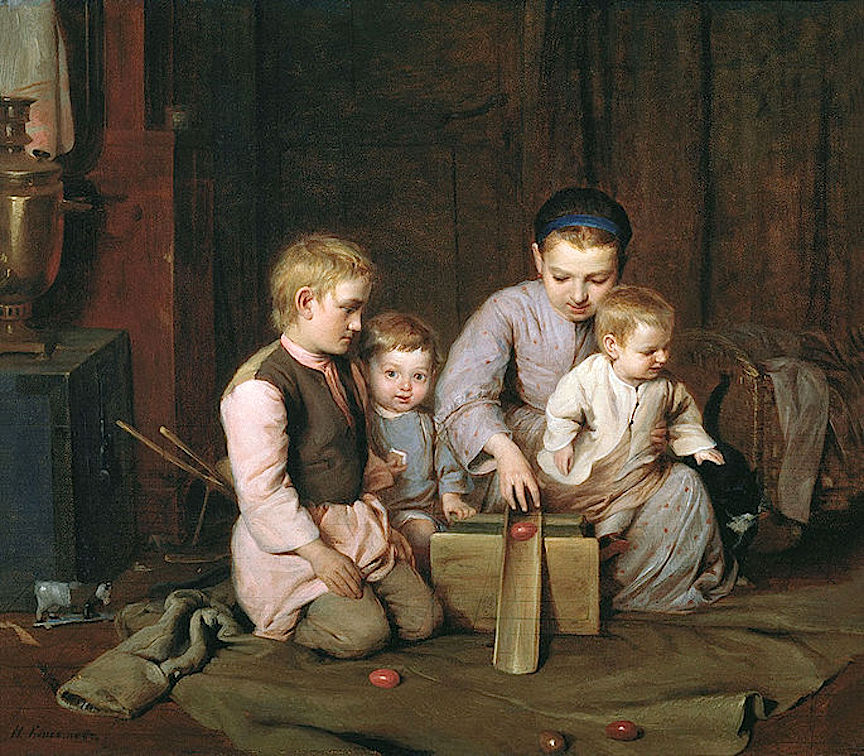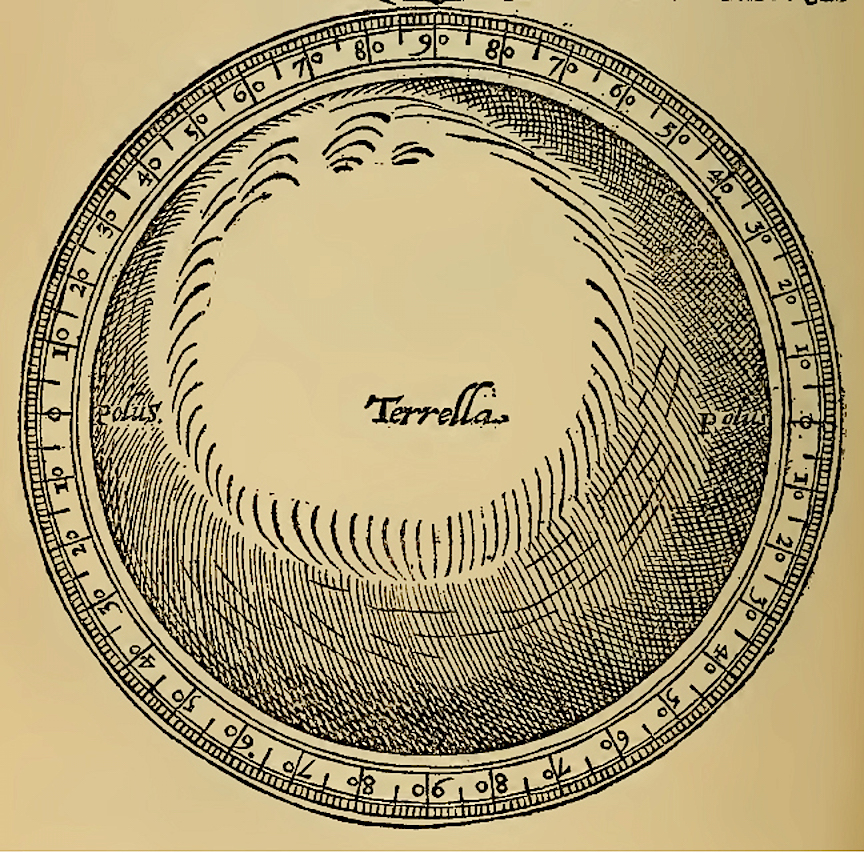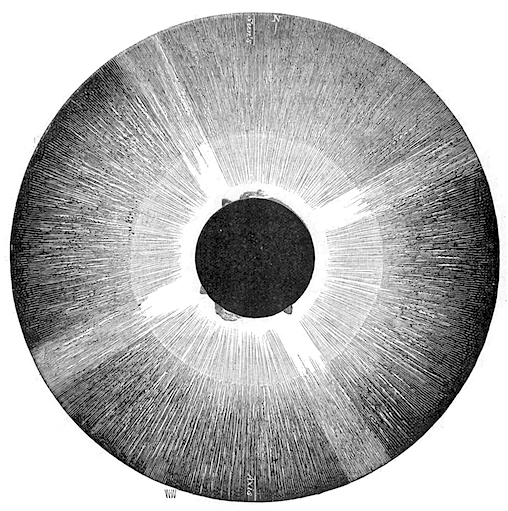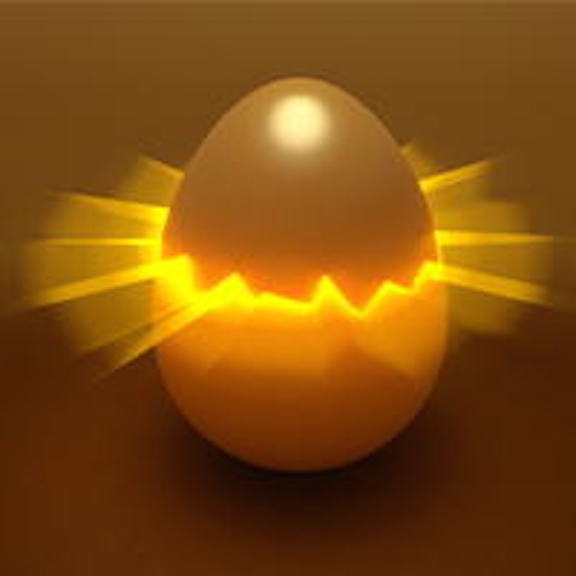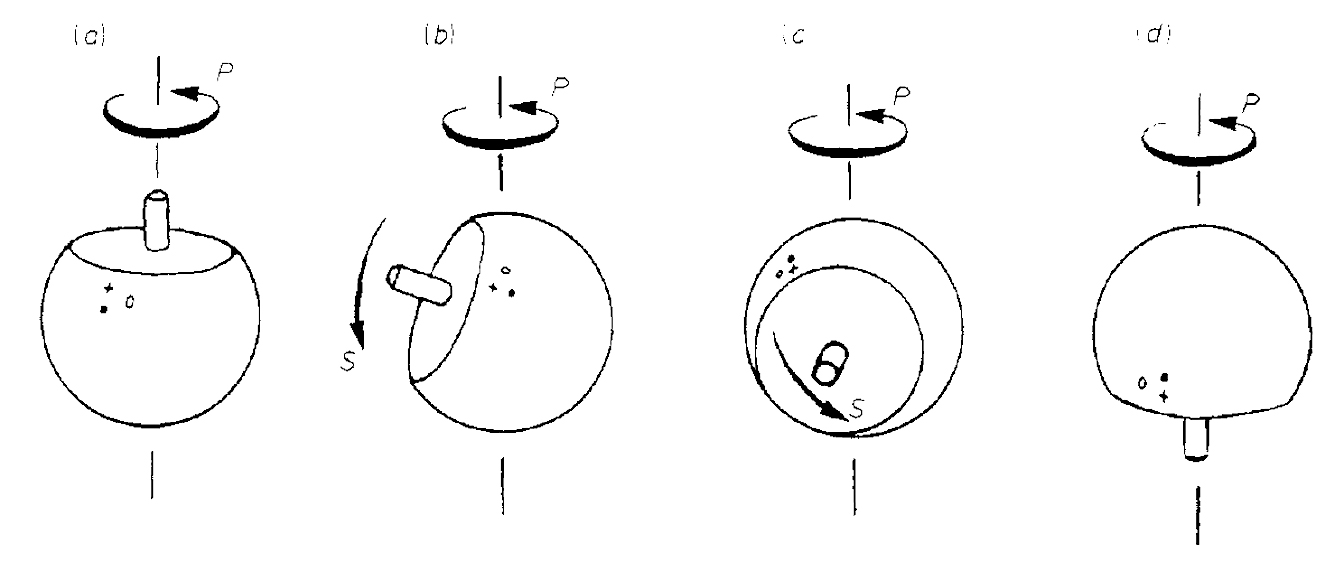On the Ball — A History of Terrella Research — Part 2
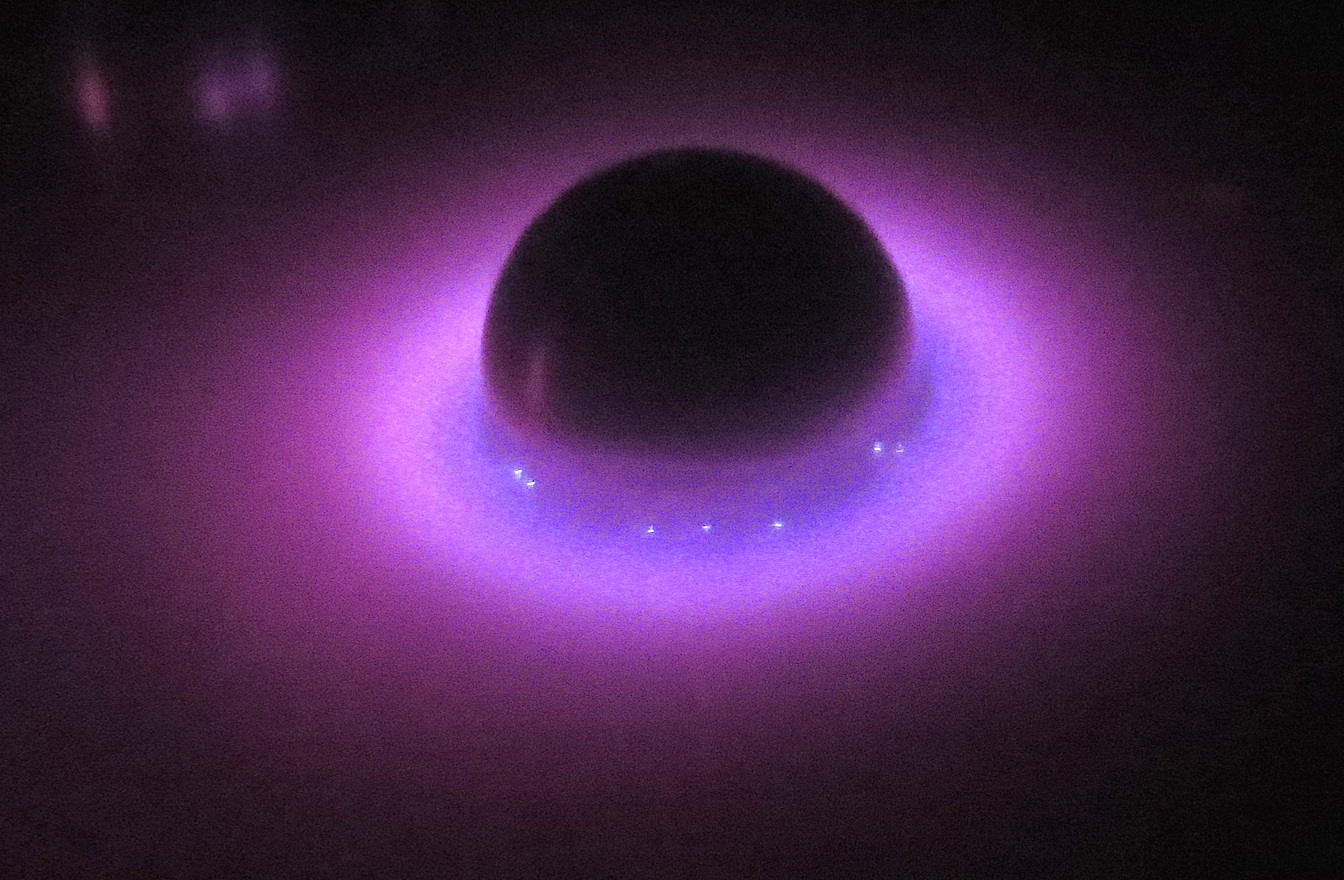
Apr 3, 2015 In 1742, the French natural philosopher John Theophilus Desaguliers (1683-1744) formulated some of the first generalisations regarding the electrification of air. That – as well as Halley’s work, presumably, although he did not cite it – inspired Pontoppidan, writing in 1755, to propound an electric nature…
On the Ball — A History of Terrella Research — Part 1
Planetary Windows into the Past?
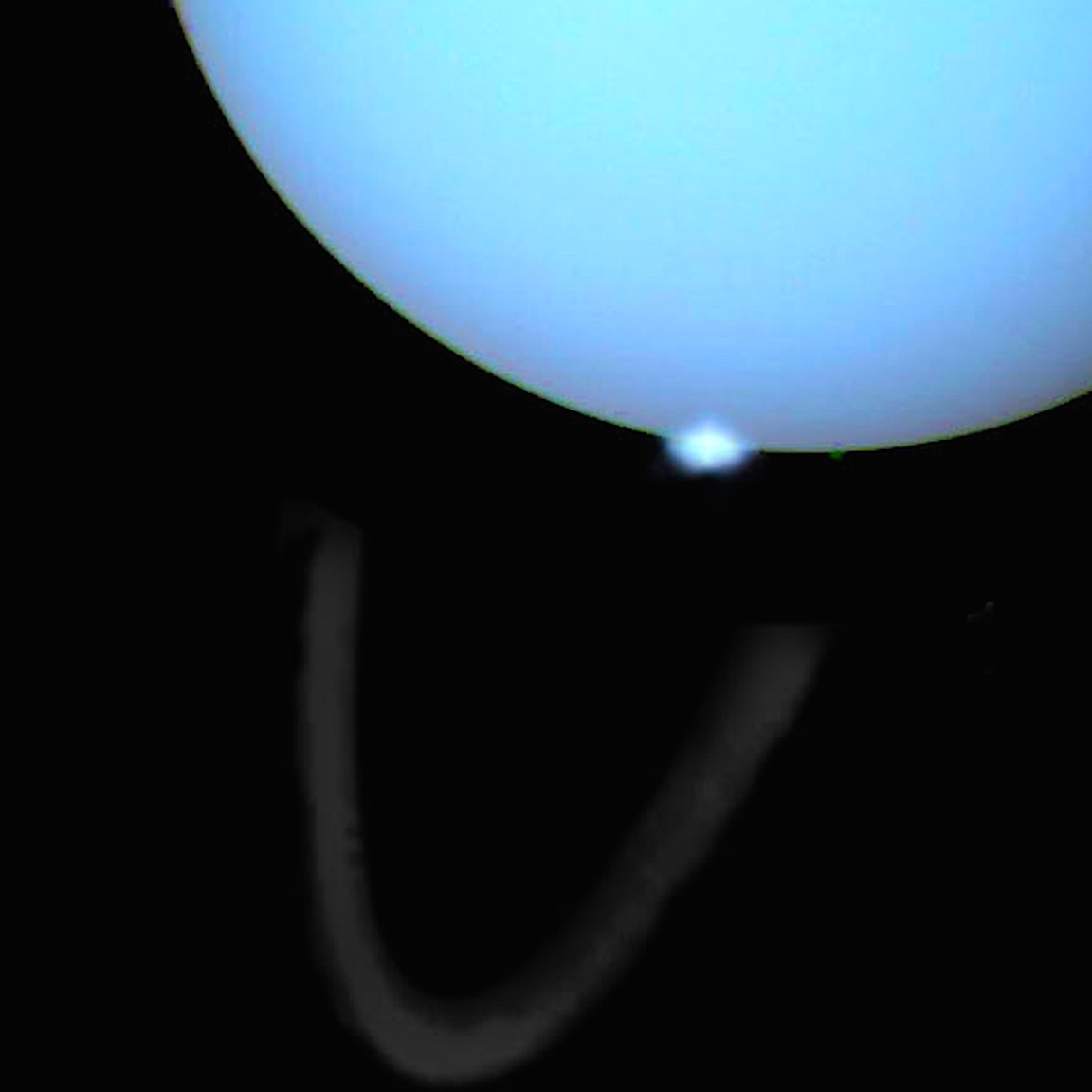
Mar 30, 2015 The astronomical subdiscipline of comparative planetology is an offspring of the wealth of in situ measurements obtained by space probes. An improved understanding of the physical and chemical conditions prevailing on other planets and moons in the solar system not only helps to place terrestrial systems…
Cross with the Sun
Plasma in the Ice Age

Left: Bone pendant from Saint-Marcel (Argenton-Sur-Creuse, Indre, France) Right: Bone pendant from the Grotte Des Espélugues (Lourdes, Hautes-Pyrénées, France) Jan 06, 2014 Reproduced above are images of two engraved pendants made of reindeer bone, from prehistoric sites in France. Both objects are attributed to the Magdalenian culture, which subsisted in the…
Descartes’ Circular Reasoning
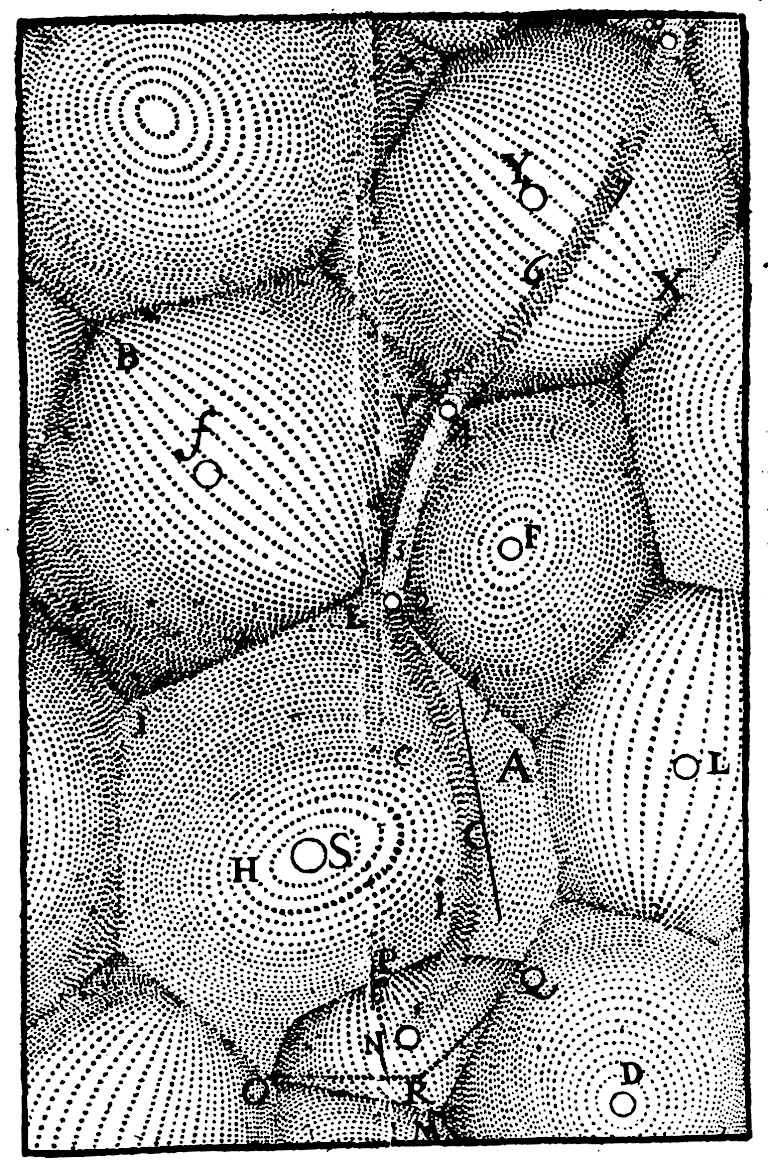
Jan 01, 2015 By what physical mechanism do planets and moons orbit around their larger hosts? Before Newton’s theory of gravity burst onto the scene, the so-called ‘vortex theory’ of the French philosopher René Descartes (1596-1650), first proposed in the 1630s, was much in vogue. Invoking experimental analogues in fluid…
Global Warming in the Ice Age
Never the Twain Shall Meet
Thereby Hangs a Tail
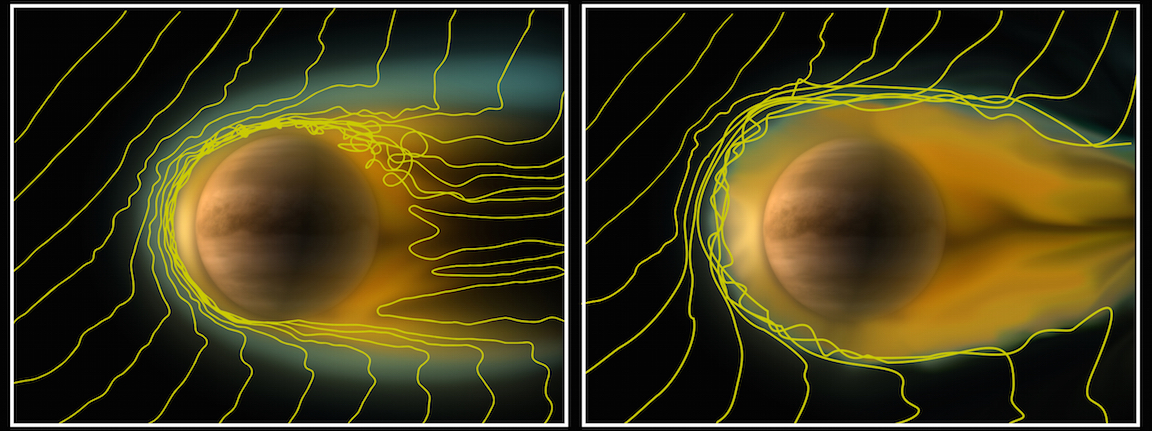
Dec 17, 2014 Direct statements concerning dramatic changes in the appearance of planets are few and far between in ancient sources. A classic example is a fragment from the obscure Greek astronomer Castor of Rhodes (1st century BCE), as cited by his contemporary, the Roman grammarian Marcus Terrentius Varro,…





